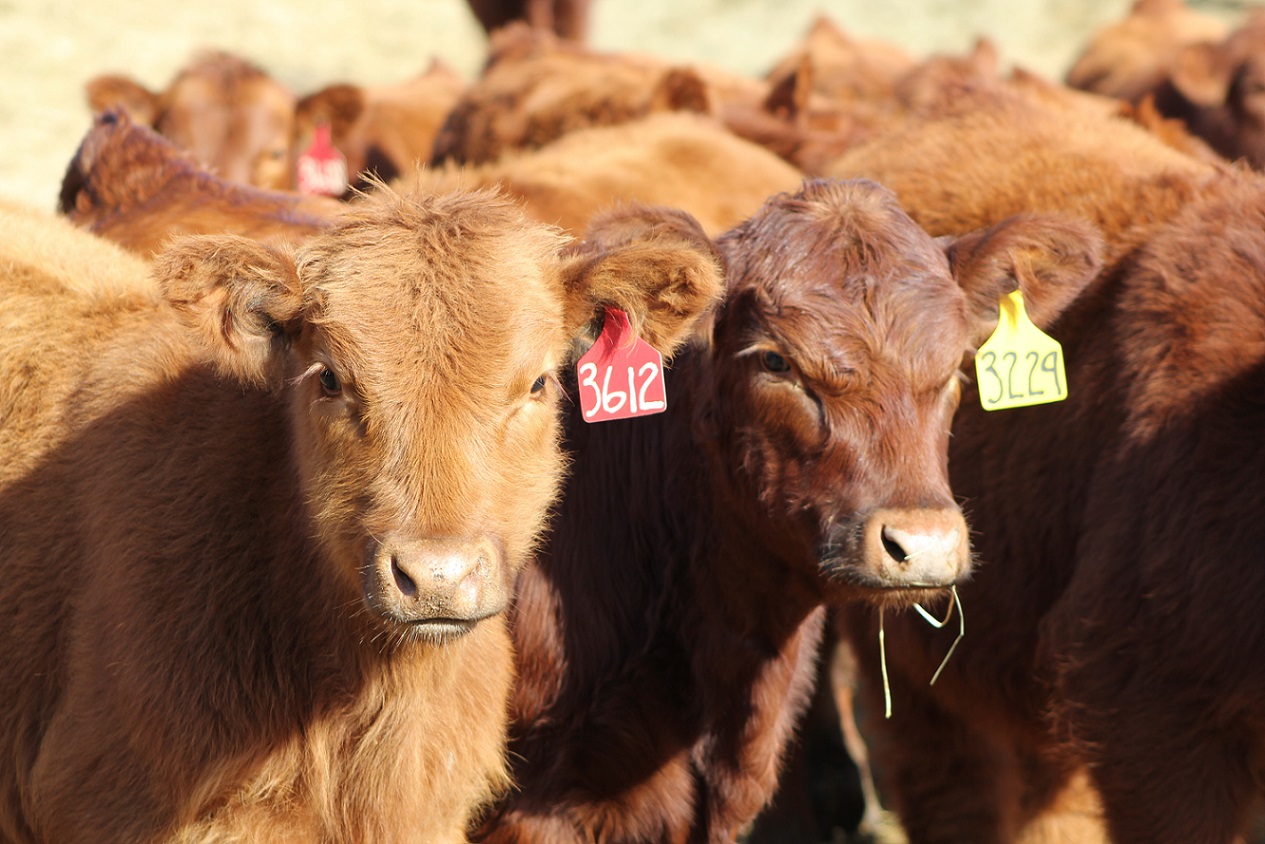
By Jay Parsons, Department of Agricultural Economics, University of Nebraska-Lincoln
Hopefully, your spring calving season has gone well, the grass is greening up nicely, and you are looking forward to a good production season this year. Now is a good time to think about your marketing plans for the calves you expect to be selling this fall. Maintaining and updating a marketing plan brings discipline to the marketing process that is often rewarded in challenging market environments like the one we are currently experiencing.
What does success look like in a marketing plan? We generally judge success in a marketing plan based upon what could have been. What price did we receive versus what price could we have received if we had done things differently. Rarely do our decisions lead to getting the absolutely best price possible so we are often left with feelings of regret because we could have done better.
However, judging your marketing decisions after the fact based only off of what happened isn’t exactly fair. You should judge success based upon how well the marketing plan helped you achieve your marketing goals. And, your marketing goals need to be more than just getting the highest price possible because that is not a realistic expectation and most of us would like to manage some risk with our marketing decisions.
What are some goals you might want to set for your marketing plans this year? Current Chicago Mercantile Exchange (CME) futures prices for October feeder cattle are just over $127 per hundredweight (cwt.). This is about a $13 per cwt. less than it was a year ago at this time. Historically, how accurate are spring forecasts for October feeder cattle prices? Table 1 (http://go.unl.edu/j28u) would suggest “not very.”
The current CME Feeder Cattle cash settlement index is around $130.50 per cwt. If that also turned out to be the settlement price at the end of October, it would be just under $3 higher than the current futures price contract for October. That would be near the four year average we see in Table 1 but it would also be the first time since 2013 that any one year has been close to that average. Markets are risky and uncertain which is why we need a plan to address it.
At this point, the market is down and inventories are up compared to a few years ago. Most of this information is already priced into the market place. Marketing plans should be concerned with limiting potential downside risk but also leave open the possibility of benefitting from potential upside movements in the market. Put options and Livestock Risk Protection (LRP) insurance contracts are two tools might be used to implement marketing plans to this effect.
Table 2 (http://go.unl.edu/dfzp) shows how LRP Feeder Cattle insurance contracts would have performed for Steers Weight 1 from 2013-2016. In this example, roughly half of the upward price movement in 2013 and 93% of the upward price movement in 2014 are captured in the bottom line for each of those years after subtracting off the LRP premium payment. Meanwhile, roughly half of the downward price movement in the bad years in 2015 and 2016 is mitigated by the net LRP effect.
As Figure 1 (http://go.unl.edu/c8x3) shows, in an upward moving market using LRP and put options will cost a little bit of money but still allow capture of most of the benefit involved with an upward movement in the market place. In a downward moving market, using these tools will cushion the fall.
Currently, the LRP Expected Price Index Value for mid-October Steers Weight 1 is $140.94. A producer can insure up to 93.91% of that price or $132.36 for $3.83 per cwt. That would give the producer a net floor on the national price of $128.53. If protection at this level is a marketing goal, this should be one of the options to consider. The protection will cost you the premium but if prices move up, you will still be able to capture much of the upswing. However, most people don’t expect that to happen yet this year. The question is how much of the downside risk are you willing to accept given your current cash flow situation and cost of production.
There are also numerous fact sheets available on LRP including one on Livestock Risk Protection for Feeder Cattle at http://extensionpublications.unl.edu/assets/pdf/g1723.pdf.
To listen to BeefWatch podcasts go to: https://itunes.apple.com/us/podcast/unl-beefwatch/id964198047 or paste http://feeds.feedburner.com/unlbeefwatch into your podcast app.
Jay Parsons
Farm and Ranch Management Specialist
Department of Agricultural Economics
University of Nebraska–Lincoln
jparsons4@unl.edu